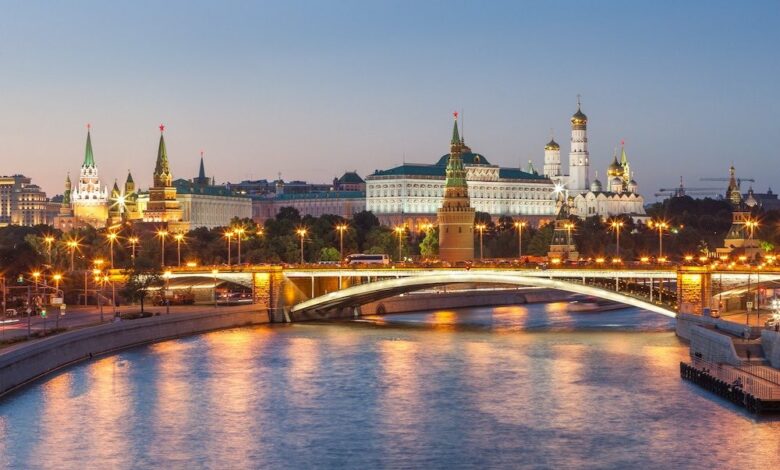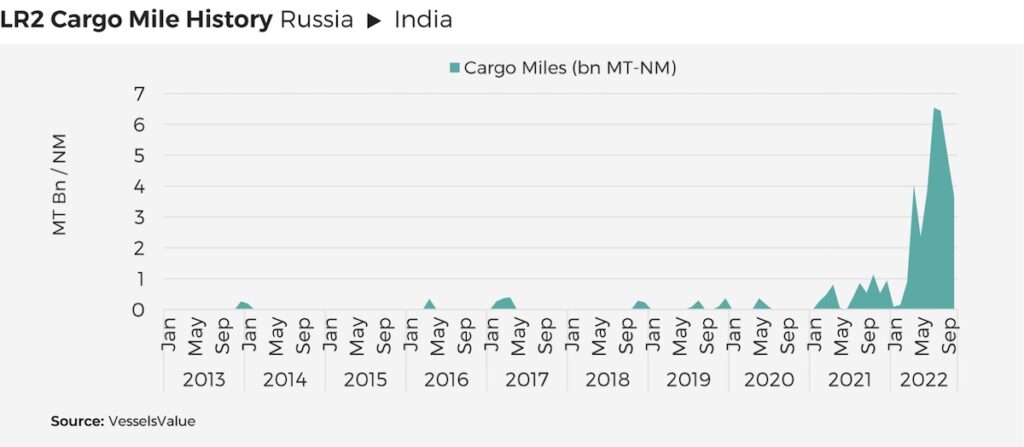India’s foreign minister touches down in Moscow for key trade talks

India’s foreign minister S Jaishankar touched down in Moscow this morning for talks with his counterpart Sergei Lavrov as trading ties between the two giant nations grow dramatically.
“The talks will focus on the trade and investments, transport and logistics, the use of national currencies in mutual settlements, as well as promising projects in the energy sector, especially in the Arctic shelf and the Russian Far East,” India’s external affairs ministry said.
On Monday, the Russian foreign ministry, commenting on the relationship between the two nations, said, “Russia and India stand for the active formation of a more just and equal polycentric world order, and proceed from the inadmissibility of promoting the imperialist diktat on the global arena.”
It is Russian crude and products that have seen the greatest increase in Indian purchasing since the war began, something that is reshaping the seaborne tanker map.
Russia and India stand for the active formation of a more just and equal polycentric world order
Russian seaborne exports of crude and oil products have been steady in recent months, with an increase in crude flows despite incoming EU sanctions offset by a fall in product exports from Russian ports.
Seaborne exports of Russian crude rose to 3.09m barrels per day in October, up by 3% month-on-month and just below the pre-war average of 3.1m barrels per day in January and February. China and India remain the main destinations for Russian crudes in the wake of the Ukraine war, accounting for 58%of all seaborne Russian crude exports in October. Shipments continue to rise in November.
“Russia has emerged as the largest supplier of crude to India, a far cry from the pre-war era when it barely had a presence in India’s import basket, while Chinese refiners clearly favour cheap Russian crude oil over long-haul Brazilian oil, having replaced in 2022 almost 50m barrels of Brazilian oil imports with the same amount of Russian oil,” a new report from Xclusiv Shiprokers noted.
In the wake of significant bilateral trade volatility between Russia and nearly all markets due to the war in Ukraine, India has become a vital trade partner of Russia and is expected to remain so in 2023, according to a new S&P Global Market Intelligence report.
“The trade value of total imports from Russia has increased in recent months, primarily due to rising oil, gas and coal prices, as well as spikes in Russian imports by several countries. This group is led by India, which noted a greater than 100% y/y increase in Russian import trade values each month after the Russia-Ukraine conflict started in February 2022,” said Agnieszka Maciejewska, economics manager at S&P Global Market Intelligence.
India is forecast to see an acceleration in trade in 2023, thanks to its significant increase in imports from Russia. Its trade value is projected to increase by 3.5% year-on-year in exports and by 1.3% year-on-year in imports, while its trade volume is projected to grow 3.8% year-on-year and 7.3% year-on-year, respectively.
Bilateral trade between India and Russia hit a new high, of $18.2bn by value, from April through to August, versus $13.1bn reported for the whole of fiscal year 2021-22.

